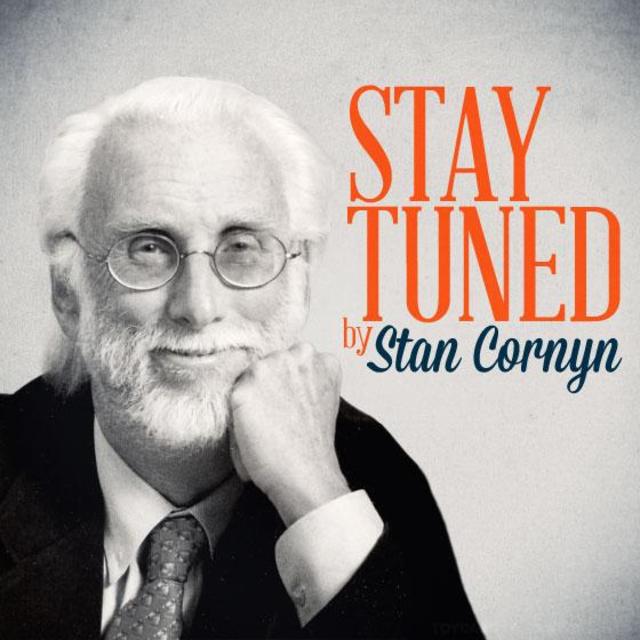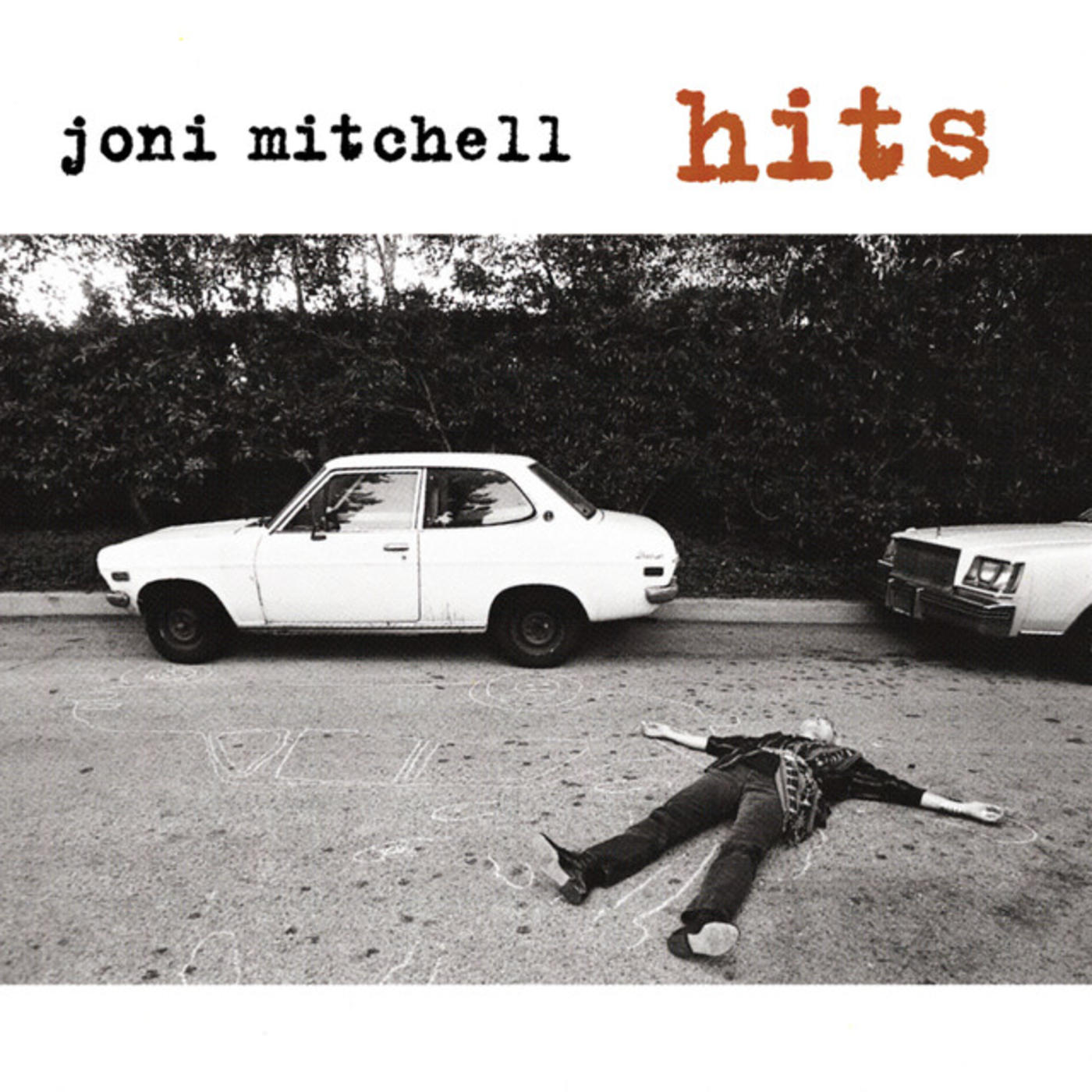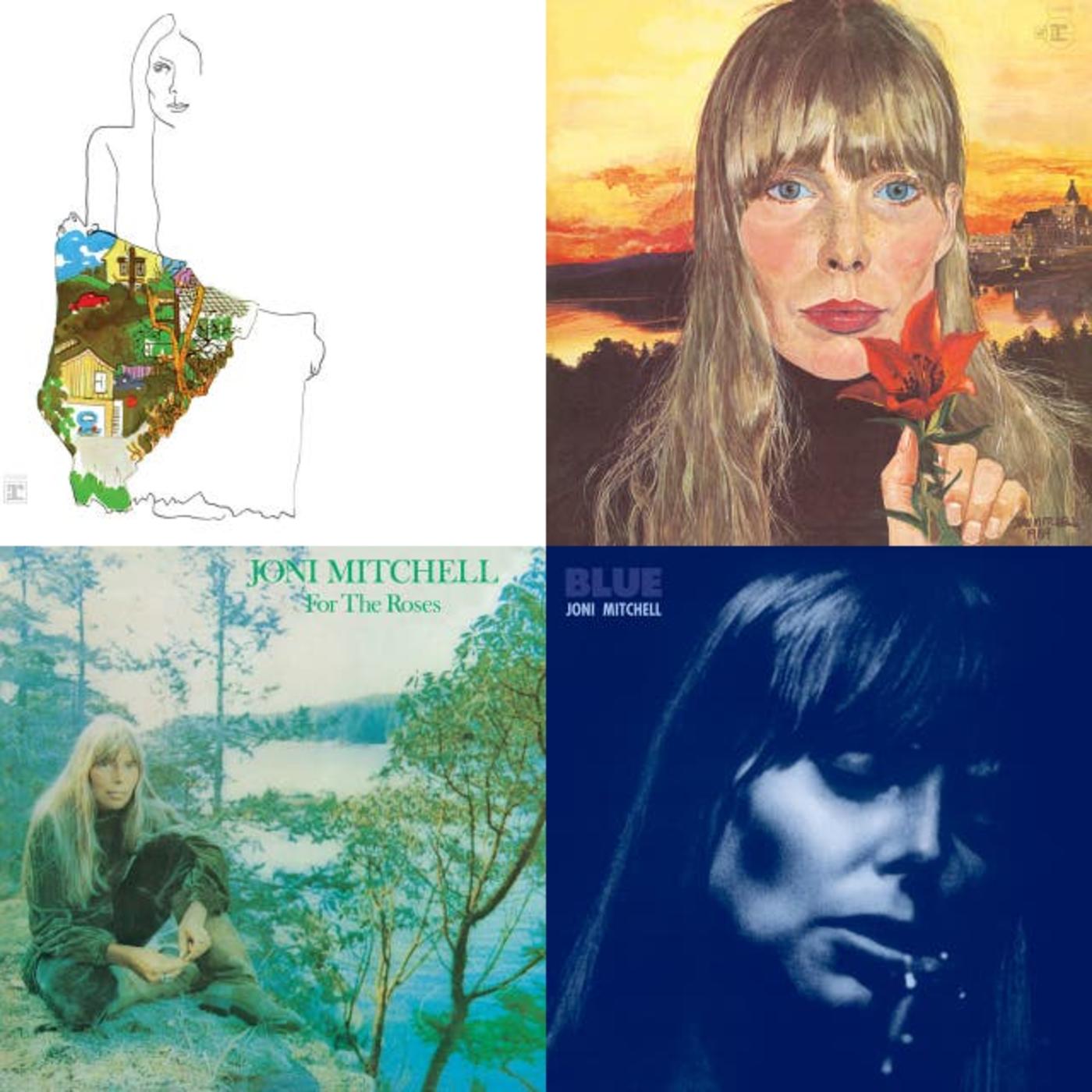Stay Tuned By Stan Cornyn: Laurel Canyon, Starring…

Every Tuesday and Thursday, former Warner Bros. Records executive and industry insider Stan Cornyn ruminates on the past, present, and future of the music business.
Call this 1966, and edging toward 1967. Warner Bros. Records’ new young A&R crew grew. It hung out with Lenny Waronker in Burbank. Then, after work, hanging out for many of these fresh-eared A&R Boys had begun in a near-Hollywood area named “Laurel Canyon.”
Up in Laurel Canyon – a spot just off center in L.A. – lived hippy Hollywood. Mama Cass and the Mamas and Papas. Two of the Doors. And, when it came to Warner/Reprise, there were Joni Mitchell, James Taylor, and others whose homes were rustic as the canyon. Laurel became a perfect site for Frank Zappa’s fantasies.
Driving in or out of Laurel was wiggly.
To get around, every street felt like a lane, one –lane side streets. Laurel started down below the Sunset Strip, then crawled its way up into the hills above (hills named, oddly, the Santa Monica Mountains) then ran out of road before the hill top.
Back before World War I, Laurel went up only a ways from Sunset (not a Strip then), then stopped before it got to the top, or over the top.
After that first world war, L.A. County pushed Laurel Canyon up and over, into the San Fernando Valley. Three criteria were met in making this extension:
(1) All side streets must bend constantly; as if laid out by earthworms;
(2) No flat streets; always up and down;
(3) all streets made of concrete, so they’ll crack a lot.
The 1920s brought breath-taking movie stars to “house” in Laurel: Clara Bow, Lon Chaney Jr., Greta Garbo, Errol Flynn, Houdini, Boris Karloff, even Tom Mix.
Living Up There
A house in those early days was often a “weekend” house. Cheap and rustic. They stayed that way, so that 1960s record deal hopefuls could afford to live there. To say it fancy, Laurel had become “an artist colony.” Residents did not have regular jobs. Their living rooms were often furnished with a mattress or two.
In the Sixties, outsiders referred to those residing there as “Kooks.” Like the one named Frazier Mohawk. From his Canyon home, Mohawk often drove a sports car while dressed as King Kong.
Up on top of the Canyon lived Joni Mitchell, in a cottage on Lookout Mountain Avenue, where she lived with Graham Nash. Below that, the Canyon had become filled with rockers in the Sixties, recognizable (now) names like Jackson Browne, David Crosby, Pamela des Barres (the world-class groupie), Mama Cass, Jimi Hendrix, Jim Morrison, Brian Wilson …
Three rock groups in anybody’s Top Ten grew up in Laurel Canyon: the Byrds, Buffalo Springfield, and Crosby, Stills & Nash.
Laurel’s Groupies
Party Central was often Frank Zappa’s “Log Cabin” home, where he, his family (children Dweezil and Moon Unit), and their live-in nanny, who was a groupie, Miss Christine.
Rock stars’ easiest friends, called Groupies, had convened in Laurel Canyon, often down from Haight-Ashbury. Besides Miss Christine was Miss Pamela. One night, Don Van Vliet (also known as Captain Beefheart) took the girls to Laurel Canyon’s castle-like compound. There girls like Miss Mercy, Miss Christine, and Miss Pamela met Frank Zappa.
Zappa quickly styled them into a singing group called The GTOs, so they could make an album on his own label, Straight Records. He named the LP Permanent Damage. (GTO stood for Girls Together Outrageously, although the O word often got saucier meanings.)
Of the GTOs, Miss Pamela ended up as an evangelist of groupies, and they started specifying themselves the Plaster Casters (no illustrations here. Sorry).
(But Stay Tuned)
Andy Wickham
One more up in the Canyon: Also hanging out up there was an English lad named Andrew Wickham. He neither sang nor wrote songs. He was just “into” this new music. He’d met Reprise Records head Mo Ostin while Andy was working at 1967’s Monterey Pop Festival, where he was “assisting” its promoter, Lou Adler.
Mo liked smart kids. He hired Andy as Reprise’s “house hippie.” $200 a week. “Find me promising writers, singers,” Mo asked. He knew the cost of artists found by Andy would be much less than hiring those – Sinatra veteran singers down in Palm Springs had been.
Wickham became a discrete employee for Reprise. He specialized in Laurel Canyon and neighboring fields of music. Artists he brought to Mo proved to be bargains, and the list went on for some years: Joni Mitchell, Eric Andersen, Jethro Tull, Van Morrison... Andy brought to Reprise the hippest of times.
Wickham hung with Lenny’s group in their mini-A&R area in downstairs WBR. Lenny’s office stood to the side of the A&R star producers, like Jimmy Bowen, like Jimmy Hilliard and Sonny Burke.
Joni
Andy recommended Joni Mitchell to Mo the first week Andy was with Reprise. He’d just heard her in New York, and sped the word to Mo, who made a note to remember her.
By early 1968, Joni Mitchell was playing a one-nighter in The Gaslight South, a club in Coconut Grove, Florida. Ex-Byrd David Crosby pulled up to the club in a sailboat. He liked what he heard, and took Joni out to Los Angeles. At that time, Joni Mitchell sang more folk songs than pop.
She sang songs important for what their words said.
In Los Angeles, Joni quickly acquired her own good circle: manager Elliot Roberts, label scout Andy Wickham, and her “discoverer,” David (Mr. Tambourine Man) Crosby. Cosby insisted on just one thing: he’d produce her first LP.
That first album – called Song to a Seagull – was solo and acoustic. It was a hard sell: a solo voice was hardly what hit the charts.
Inside Reprise, the staff loved that album, and they complained that this new generation of artists (from the Grateful Dead to Joni and on on on) were getting too little airplay, too few stores stocking them, too little ka-ching.
Reprise spoke up about this, and started running ads to awaken the market out there.
Reprise Gets Its Ads Together
Reprise adopted a pissed off advertising style: a whine and a plea. The style had begun with an ad for the Grateful Dead, entitled –
“Pigpen Look-Alike Contest”
Other ads flowed out, week after week, all about being under-appreciated. The ads got noticed, widely giggled over, and, after a while, the talk of the industry. But when Reprise posted one that complained about lack of big sales on Joni Mitchell’s album – the headline read --
“Joni Mitchell Is 90% Virgin”
Mo Ostin got a swift phone call from Joni, and the particular ad was hurriedly withdrawn from her campaign. Joni’s album had started selling, so for a new ad, Reprise came up with –
“Joni Mitchell Comes Across”
Reprise did, however, really like that “90% Virgin” headline. Soon it got reassigned to an artist who had no complaint about it:
“Frank Sinatra Is 90% Virgin”
Joni’s Second
The reception to Joni’s first LP made Joni decide to produce her own records. From that day forward on Reprise, she did that. Self-produced.
In April, 1969, Joni’s second release had something with more sizzle: Clouds, which featured Joni’s own versions of songs others had done, but also her own compositions, notably “Both Sides Now.”
And the cover: Joni’s own self-portrait. She drew well, too.
Rows and flows of angel hair
And ice cream candles in the air
And feather canyons everywhere
I’ve looked at clouds that way
But now they only block the sun
They rain and snow on everyone
So many things I would have done
But clouds got in my way
I’ve looked at clouds from both sides now
From up and down, and still somehow
It’s cloud illusions I recall
I really don’t know clouds at all.
Joni Adds Piano
Third and even fuller was March, 1970’s Ladies of the Canyon. No longer pure solo voice, Joni accompanied her vocals on piano, sometimes electric piano. Out came “Woodstock,” “The Circle Game,” “Big Yellow Taxi.” Ladies went gold (over 500,000 copies) and by now she had a Grammy and other trophies at home.
“Big Yellow Taxi” made a deep impression on Joni’s fans. She remembered how it happened:
“I wrote 'Big Yellow Taxi' on my first trip to Hawaii. I took a taxi to the hotel and when I woke up the next morning, I threw back the curtains and saw these beautiful green mountains in the distance. Then, I looked down and there was a parking lot as far as the eye could see, and it broke my heart... this blight on paradise. That's when I sat down and wrote the song:
Don’t it always seem to go
That you don’t know what you’ve got til it’s gone
They paved paradise and put up a parking lot.”
Joni Mitchell became known as a sensitive, introspective artist. No longer simply “folk rock.” She once told the world, “At that period of my life, I had no personal defenses. I felt like a cellophane wrapper on a pack of cigarettes. I felt like I had absolutely no secrets from the world, and I couldn’t pretend in my life to be strong.”
For Reprise, Joni Mitchell had become a full time love. Album after album. Next was 1971’s Blue, which became an instant success with its memorable voice supported by rolling piano below.
Joni’s life moved on. Her albums took up jazz for their feel. But her heart was always up in Laurel Canyon.
And if that ad writer at Reprise had it to do over now, the headline he’d write would probably be –
“Joni Mitchell Sings Better Than 99% of Everybody.”


